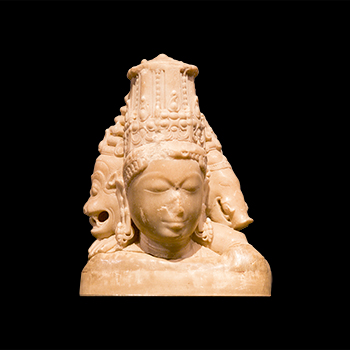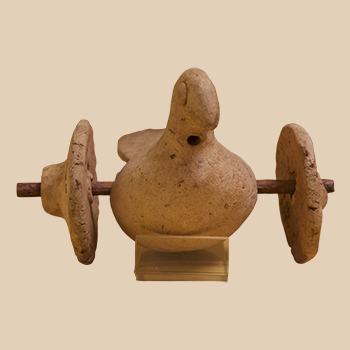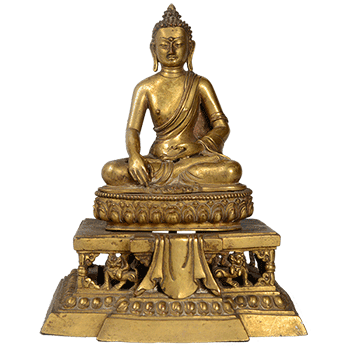In the Harappan culture the art of pottery making had reached a high level. The Indus potter was a skilled craftsman who produced plain, coloured and glazed pottery. The pottery had various shapes, rich designs, colours and a perfect finish. Along with fast wheel thrown pottery, mould made and hand formed pottery continued to be produced. Harappan pottery was made of good quality clay, which was baked in controlled heat in various shapes like bowls, vases, Handi, feeder, dish, storage jar, offering stand, dish-on-stand jars, drinking vessels, cup and cup on stand, basin, casket and so on.






























